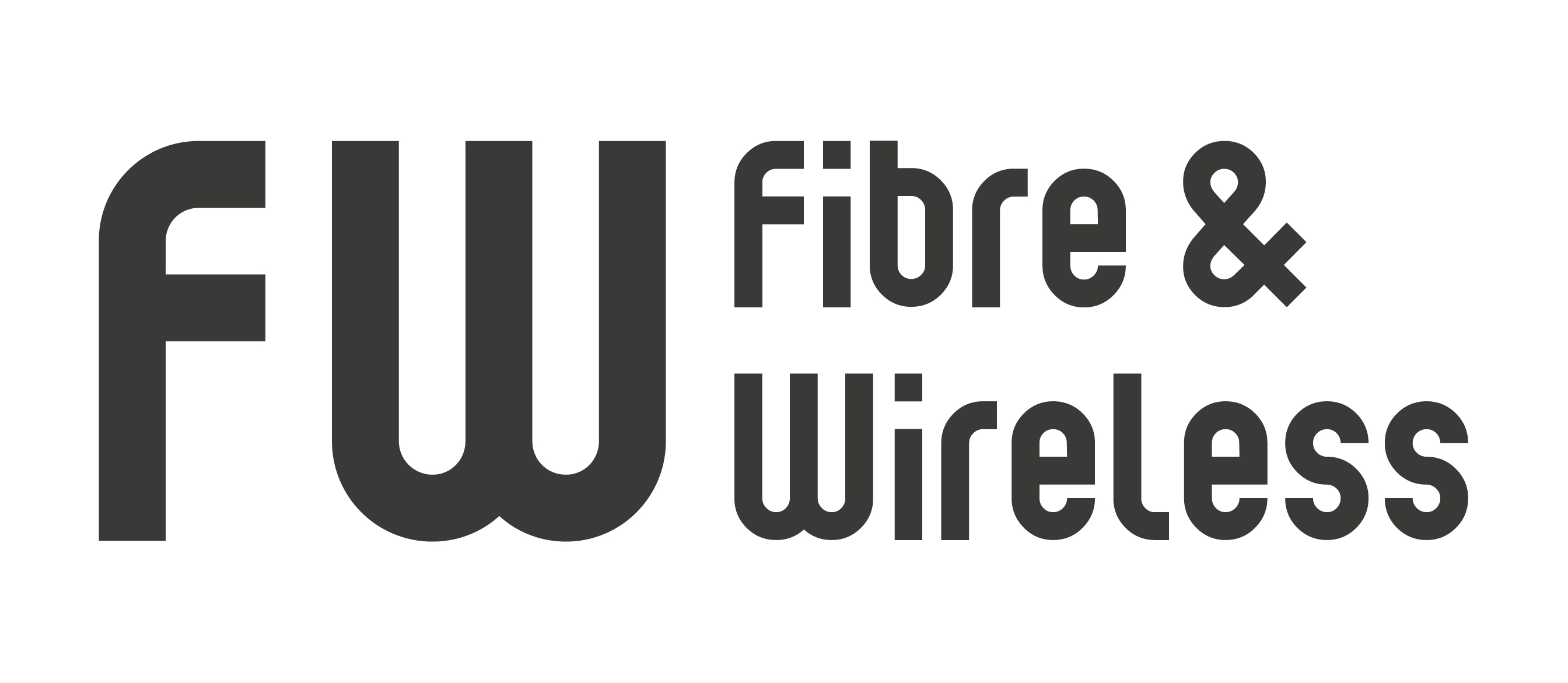Title Page
-
Conducted on
-
Prepared by
-
Manufacturer
-
Model
-
Vehicle Registration Number
-
Machine Serial Number
-
Operative IPAF 1b certification
-
By ticking this checkbox I declare I am competent to operate and inspect this equipment.
All checks should be conducted in accordance with the manufacturer's manual
Visual checks
Documentation
-
1 Current thorough examination certificate (within last six months)
-
2 Manufacturer's operator manual
-
3 Rescue plan
Wheels/tyres
-
4 Wheel security (nuts, retainers: loose, damaged, missing)
-
5 Tyre pressure (pneumatic, foam filled or solid)
-
6 Cuts, splits, exposed braiding, damaged rims
Engine/ power source
-
7 Fluid levels (engine oil, coolant, fuel)
-
8 Fluid leakage on ground and around engine
-
9 Battery (electrolyte, security and charging plug condition)
Hydraulics
-
10 Hydraulic fluid level
-
11 Leaks (hoses, pipe connections, rams, cylinders)
-
14 General condition, pins/retainers, footplate
-
15 Spreader plates (present, condition, secure for travel)
-
16 Interlocks (functioning, engaged)
Hoses and cables
-
12 Security and condition (cuts, chaffing, bulges)
-
13 Power track cable trays (free from damage and debris)
Outriggers, stabilisers
-
14 General condition, pins/retainers, footplate
-
15 Spreader plates (present, condition, secure for travel)
-
16 Interlocks (functioning, engaged)
Chassis, boom and scissor pack
-
17 General condition (damage, misalignment, corrosion)
-
18 Cracks in weld
-
19 Pins, retainers and chains (security, signs of wear)
-
20 Canopies, guards, engine covers (security and condition)
Platform or cage
-
21 Steps for access/egress (secure, undamaged, clear)
-
22 Entrance gate, guard rails and retaining pins
-
23 Harness anchor points
-
24 Clear of rubbish, debris and obstructions
Decals and signage
-
25 ID plate, safety, warning and information decals (legible)
-
26 Controls (identification decals, directional arrows)
-
27 Platform loads (SWL, max. wind speed, max. number of persons)
Function checks
Using Ground (G) and Platform(P) controls
-
28 Security device (power isolator, keypad, smart card)
-
29 Function enable (ignition key, foot switch, hold to run device)
-
30 Emergency stops and emergency lowering system
-
31 All switches, function controls (move freely, do not stick)
-
32 Lifting functions (raise, lower, slew, tele-out, tele-in)
-
33 Travel functions (forward, reverse, steer, brakes)
-
34 Elevated drive speed (reduced or prevented)
-
35 Lights, beacons, warning devices
-
36 Alarms (tilt, descent and travel)
-
37 Limit switches (e.g. descent, load, outreach, rotation)
-
38 Pothole protection device (fully deploys and retracts)
-
39 Oscillating axle locks, extending axles
-
40 Accessories, power to platform, extending decks
-
41 Jacks-legs, stabilisers, outriggers, levelling devices














